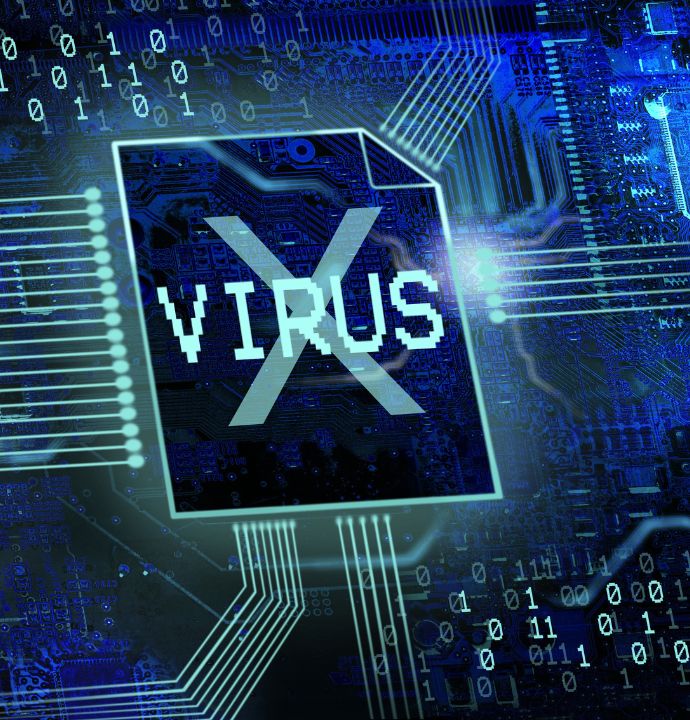Next-generation antivirus (NGAV) solutions are a new breed of endpoint security software that uses artificial intelligence (AI), machine learning, and other advanced technologies to provide more comprehensive protection against malware and other threats. NGAV solutions offer many advantages over traditional antivirus (AV) software, including:
- Better detection and prevention of known and unknown threats. NGAV solutions use AI and machine learning to analyze behavior and patterns, allowing them to detect and prevent threats not yet known to AV signature databases.
- Reduced false positives. Traditional AV software often generates false positives, which can be disruptive and time-consuming to investigate. NGAV solutions use AI and machine learning to reduce the number of false positives, which frees up IT staff to focus on more critical tasks.
- Improved performance. NGAV solutions are typically lighter (use fewer resources) and have less impact on system performance than traditional AV software. This is because they do not need to scan every file on the system for known threats.
NGAV solutions are an essential part of a comprehensive endpoint security strategy. They can help to protect organizations from a wide range of threats, including malware, ransomware, and zero-day attacks.














